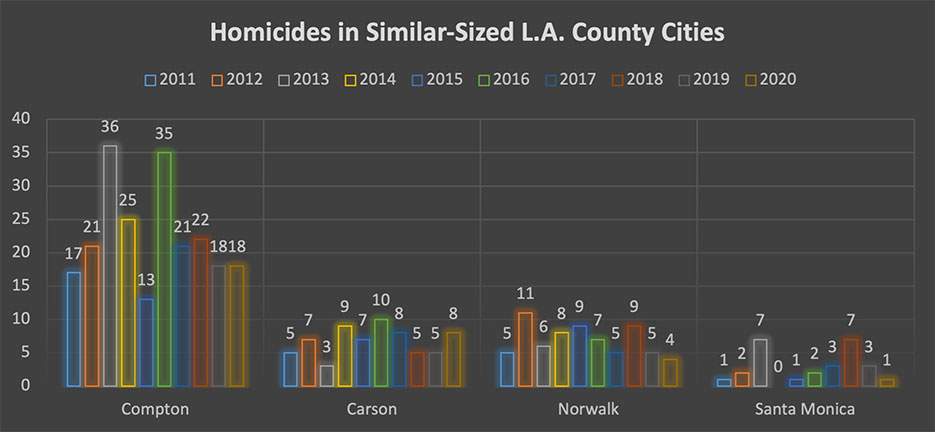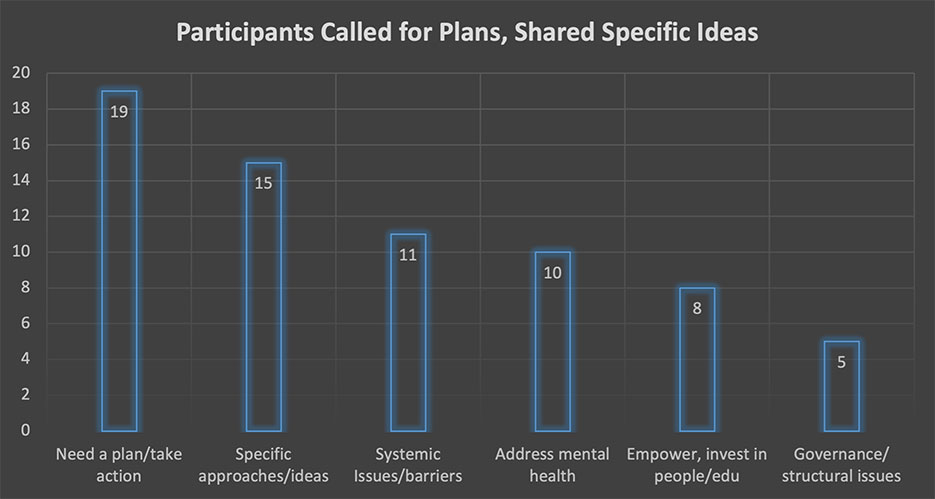"It Takes a Village" Conference Report
Background: A Crisis in Our Communities
In 2020, California saw a 31% increase in homicides, totaling 2,202 lives lost—a staggering rise that affected communities across the state.
In Los Angeles County, the impact was especially severe:
- 677 homicides occurred—31% of the state’s total
- The rate was 6.7 homicides per 100,000 people
- Firearms were involved in 74% of these deaths
In Assembly District 65, which includes Compton, Carson, Watts, and parts of South LA, the statistics were even more troubling:
- Compton averaged nearly 23 homicides per year
- Carson averaged nearly 7
- By contrast, similar-sized cities outside the district—like Santa Monica—averaged only 3

The Response: “It Takes a Village” Conference
In April 2022, Assemblymember Mike A. Gipson convened a two-day conference to confront this crisis head-on.
The event brought together:
- Community leaders
- Law enforcement
- Gang interventionists
- Public health experts
- Faith-based and nonprofit organizations
Together, they developed a shared vision for reducing violence in our neighborhoods.
"I'm tired of going to funerals. I'm tired of burying our potential."
—Assemblymember Mike Gipson
Community Input: What We Heard

1. We Need a Plan (28%)
- Develop a roadmap with long- and short-term goals
- Launch community-driven outreach
- Ensure consistent follow-up and visibility
2. Actionable Solutions (22%)
- Youth employment and summer programs
- Healing circles and trauma recovery groups
- Parent support for families reuniting after incarceration
- Programs that connect hospitals, nonprofits, and police
3. Address Systemic Barriers (16%)
- Train frontline workers in de-escalation and communication
- Use credible messengers for peer-based outreach
- Reform broken institutions—not just tweak them
4. Tackle Trauma and Mental Health (15%)
- Provide support for emotional triggers and stress responses
- Support those offering services—care for the caregivers
5. Invest in People and Education (12%)
- GED programs and adult education
- Job training and entrepreneurship support
- Reentry programs that lead to real opportunities
6. Fix Governance Issues (7%)
- Break down "turf wars" between agencies
- Remove red tape and improve coordination
What Works: Evidence-Based Solutions
Drawing from the National Institute for Criminal Justice Reform (NICJR), the conference endorsed four proven strategies that have reduced gun violence in cities nationwide:
Gun Violence Reduction Strategy
Target individuals at the highest risk for involvement in gun violence with tailored services and, if needed, focused law enforcement.
Hospital-Based Violence Intervention
Engage survivors of violence in hospitals with trauma-informed care and long-term recovery plans.
Office of Neighborhood Safety
Create local offices dedicated to mentoring, life coaching, and violence interruption.
Street Outreach
Use trained violence interrupters to identify potential conflict, prevent retaliation, and shift norms in high-risk communities.
Next Steps: Turning Ideas into Action
From this conference, we've identified critical next steps to reduce gun violence in District 65:
- Build a cross-sector working group of public, private, and nonprofit leaders
- Create measurable violence reduction goals
- Expand or adapt existing programs to meet local needs
- Prioritize interventions for those most at risk
"The solution is each person in the vicinity caring enough to really engage these young people… and for them to feel loved and received—that will change their lives.""
—Rafael Cuevas, Community Activist